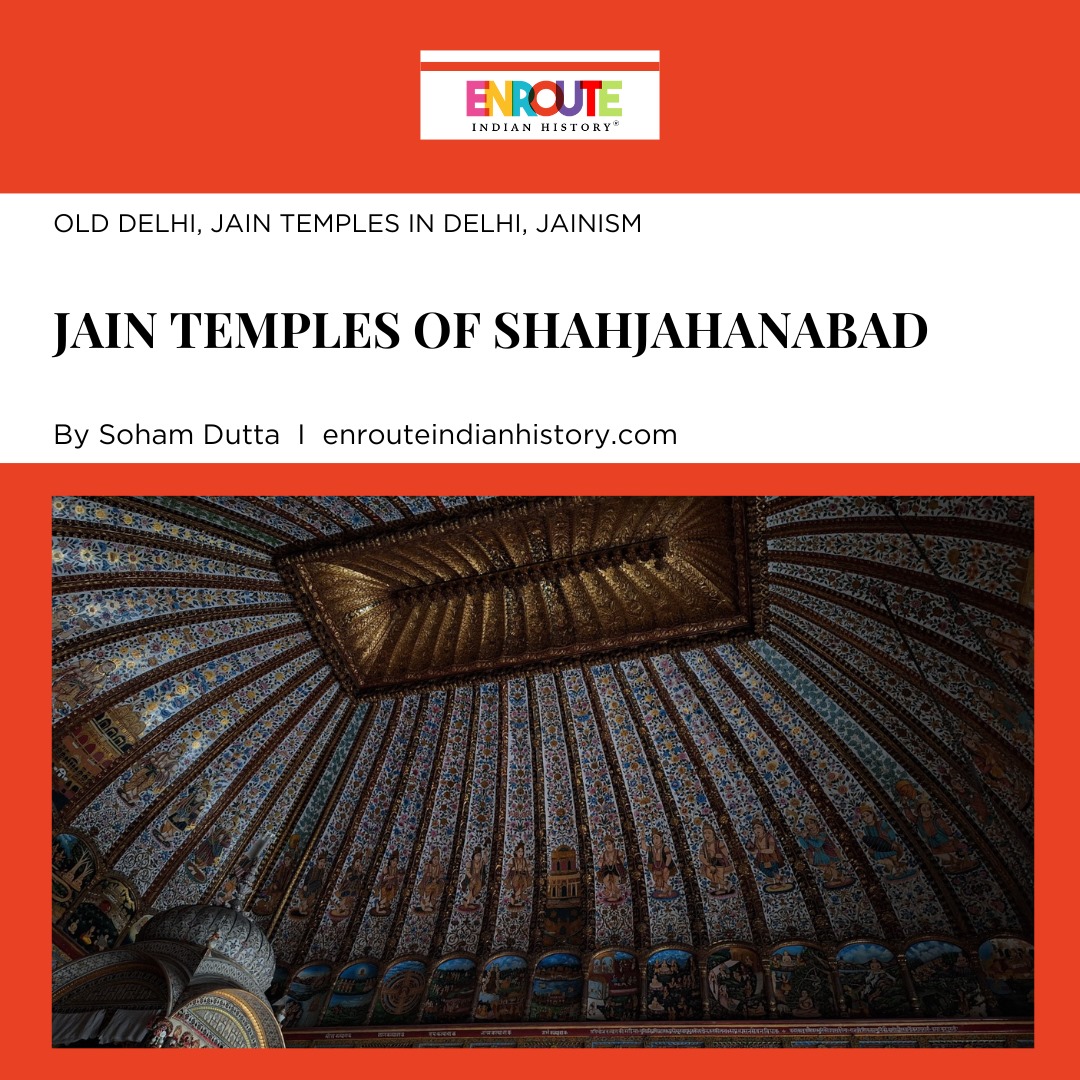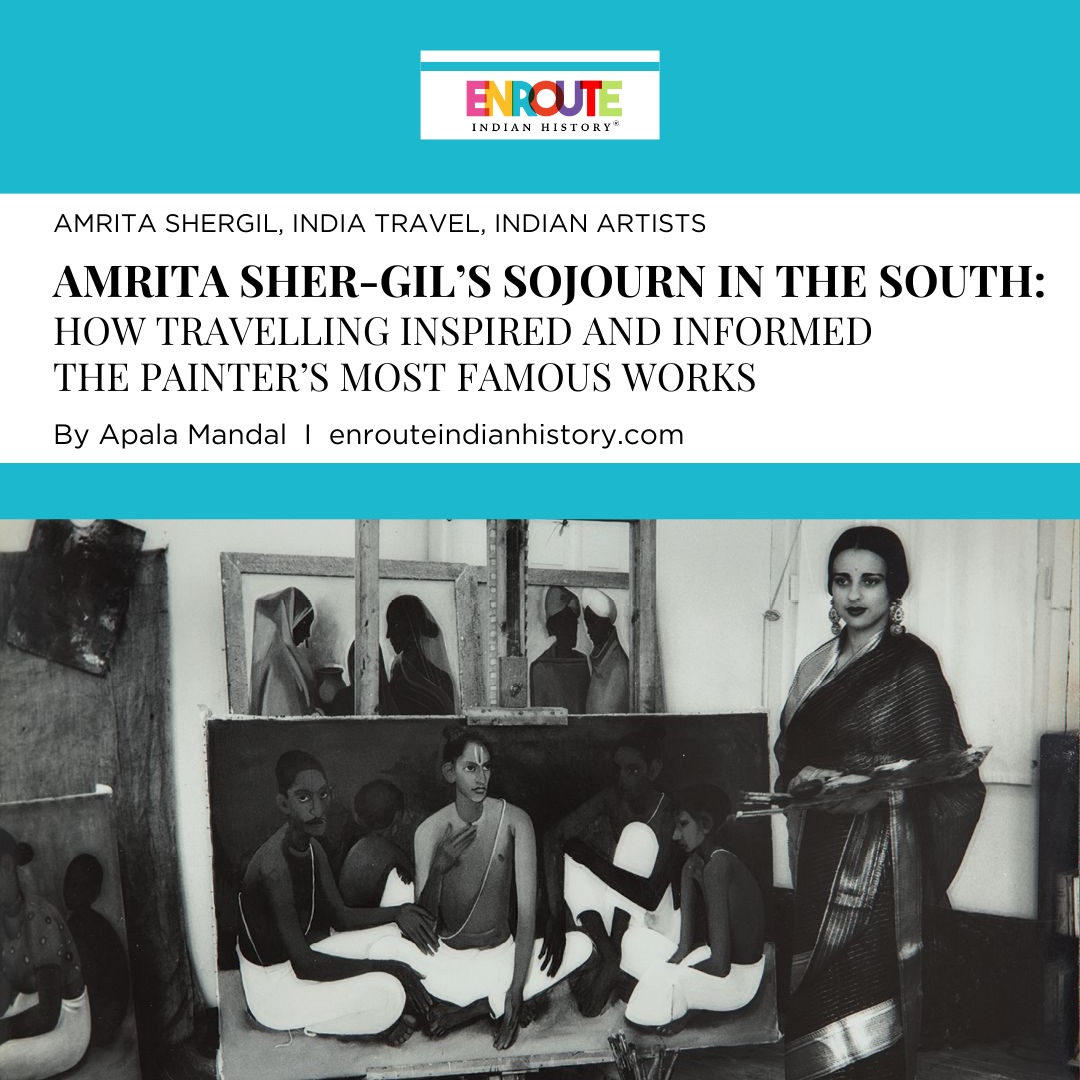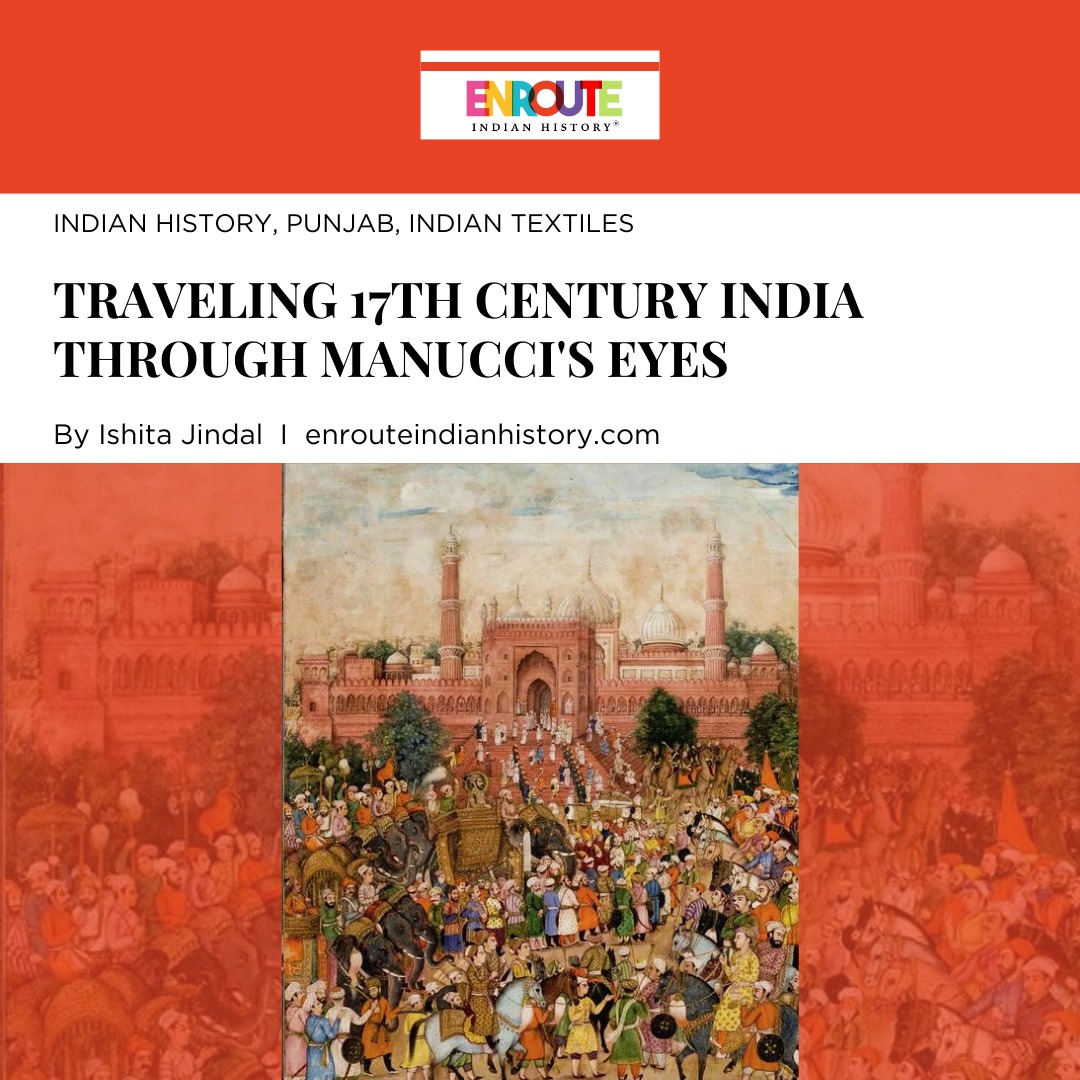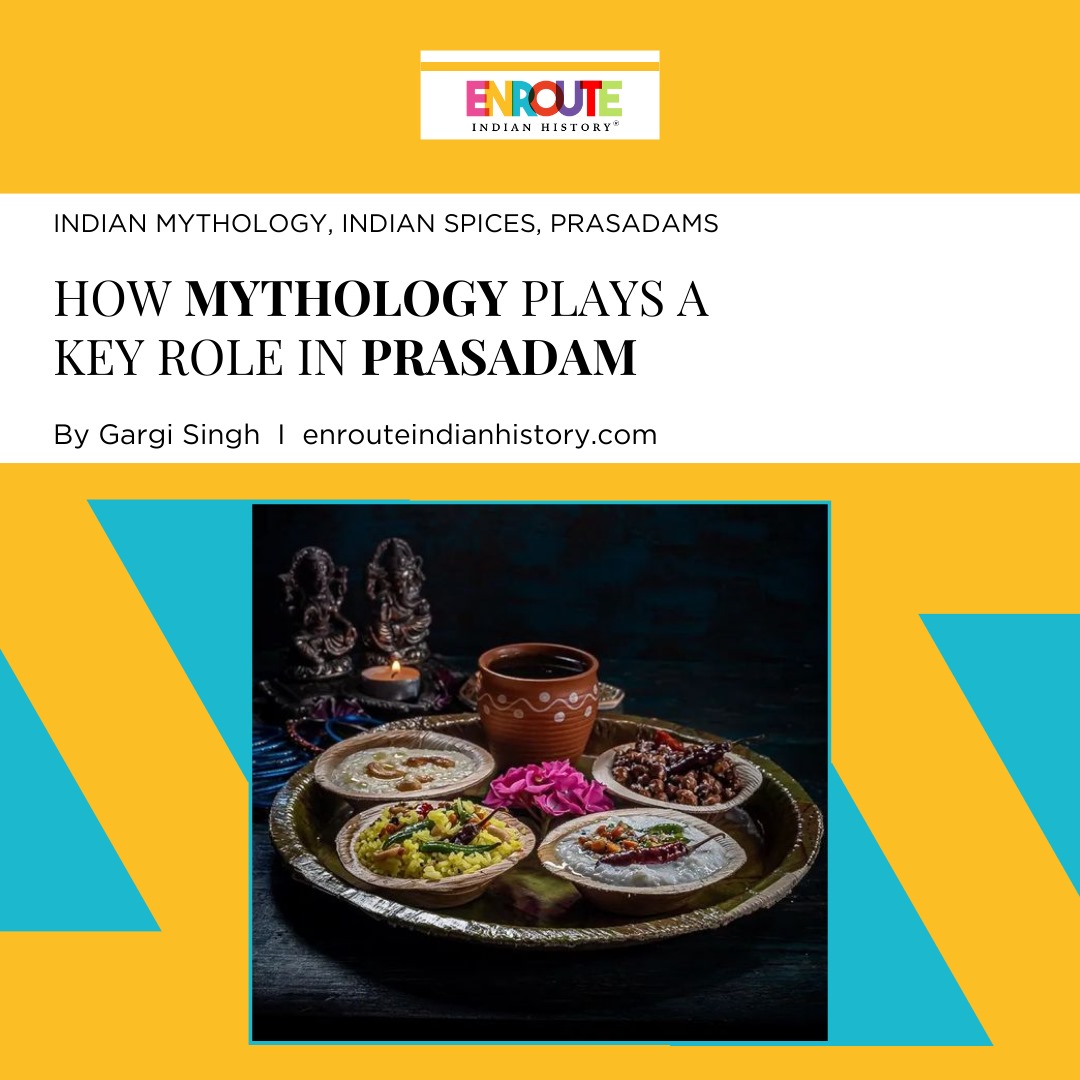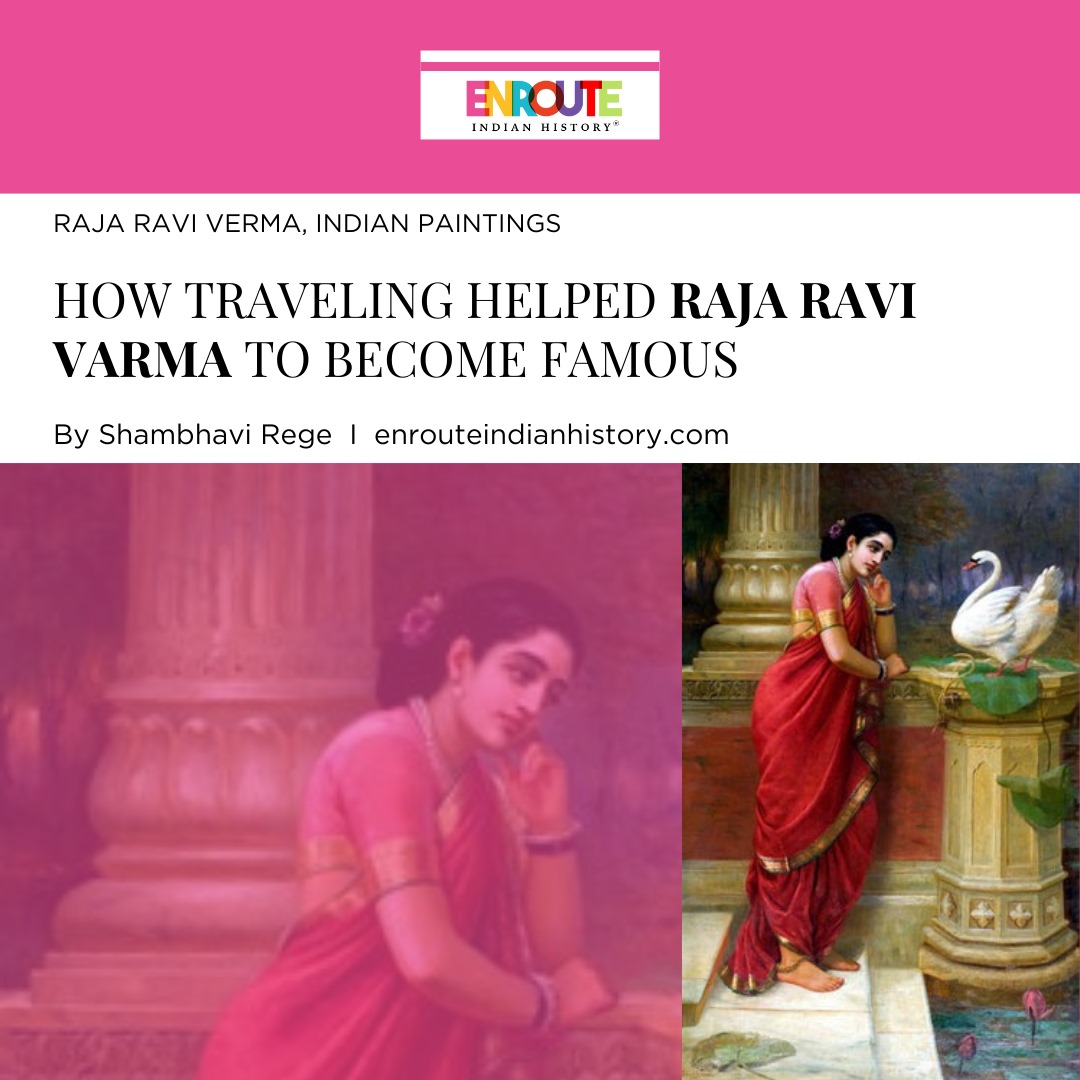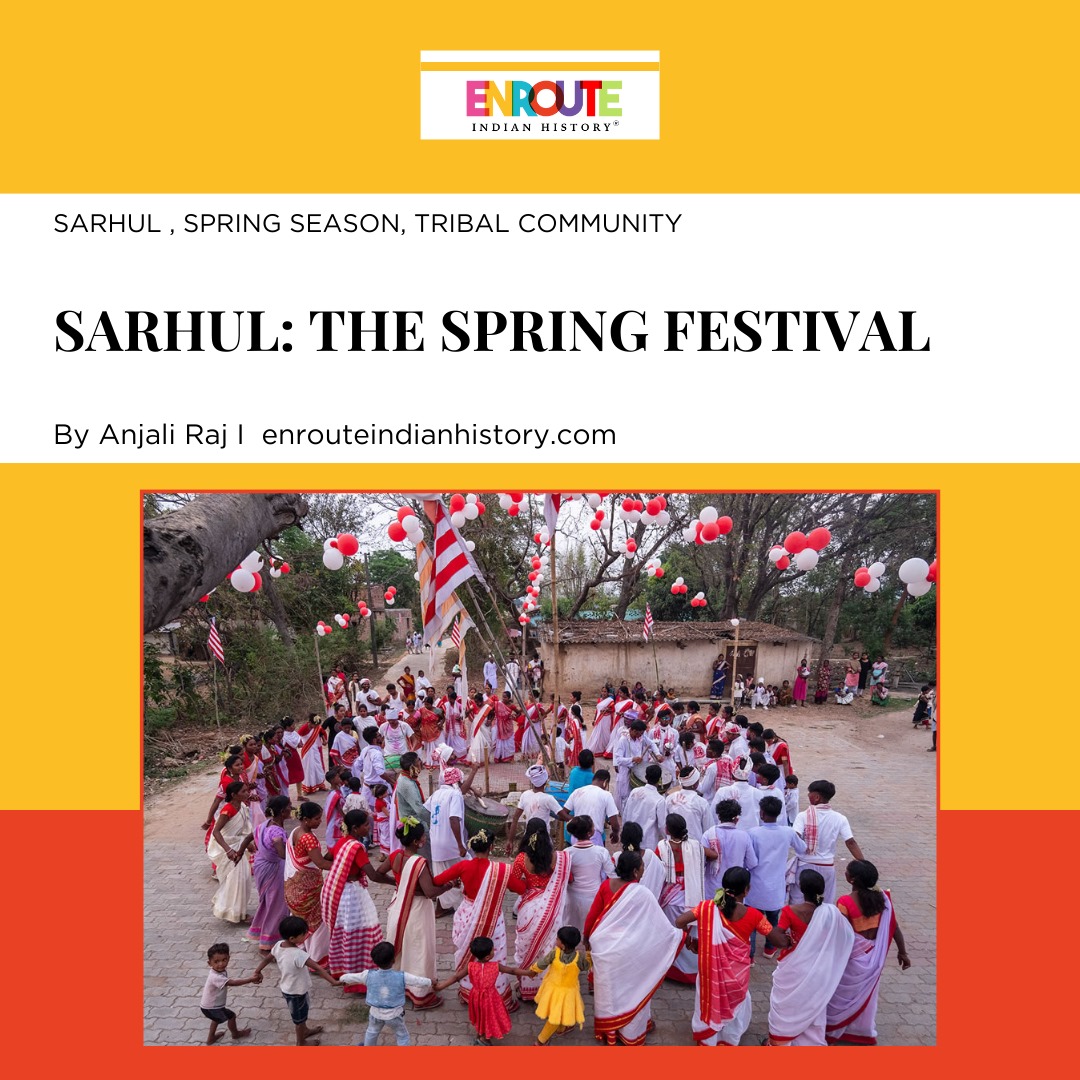
Situated at the confluence of Mandakini and Son-Ganga river in the quaint and sacred Rudraprayag district of Uttarakhand, Triyuginarayan temple is becoming a sought after wedding destination. Well, a ‘temple’ it is- so conducting weddings there might be usual. However, the history of weddings done there is very unusual or aptly put- spiritual.
The gods dwelled on this land too- one we fondly call Bharat. They had their share of ups and downs through life. They were not only as human as us but their stories inspire us, so much so that we recall them every year. With joy, we celebrate the events from the lives of gods and goddesses. One such event is a wedding.
Indian culture holds the auspiciousness of weddings to its heart. The celebration is not just fun, it has an intrinsic spiritual value. A wedding story that lives on in our minds is that of Shiva and Parvati. Shiva, generally shown as an ascetic in paintings and sculptures, suddenly acquires the form of a beautiful groom in the kalayanasundaram- the wedding of the charming one.
Before we get into the story of Shiva and Parvati, we should just go back a few centuries back when Sati pratha was practiced. There has been so much debate around Sati pratha. However, the popular tale of Shiva and Sati is worth telling. Sati married Shiva against her father sage Daksha’s wishes. When Daksha did not invite Shiva and Sati to a yagna ceremony, Sati mortified herself. Popular narrative holds that she jumped into the sacrificial fire. Shiva was left distraught with the love of his life gone. He danced the dance of destruction – the Tandava.
As all stories go, there needs to be some hope in life- right? Such is the Part two of Shiva’s life. Sati is reborn as Parvati, daughter to Himavat (probably a personification of the Himalayas). Parvati tries to allure Shiva by her beauty, but she fails. She wins Shiva by practicing rigorous penance at Gauri Kund, which is 5 kilometers away from Triyuginarayan. Gauri Kund temple,dedicated to Parvati, is now the base camp for trekking to Kedarnath Temple. Mythology states that Shiva proposed to Parvati at Guptakashi, before they got married in the small Triyuginarayan village.
Triyuginarayan, possibly the capital of Himavat was the venue of the celestial marriage of Shiva and Parvati, during the Satya Yuga. It was witnessed in the presence of the holy fire that still burns eternally in front of the temple in a Havan-kund or Agni-kund, a four-cornered fireplace on the ground. The ashes from this fire are supposed to promote conjugal bliss. Telling us that the divine wedding’s tale is still believed and the legacy goes on.
This legacy not only goes on in the form of rituals but in depictions through paintings and sculptures as well. One such depiction comes from the 14th century, Virupaksha temple located at Hampi, Karnataka. It is devoted to Shiva or locally known as Virupaksha or Pampa pathi (consort of goddess Pampadevi). The ceiling painting depicts the wedding of Shiva and Pampa devi, who can be considered as the local form of Parvati.

Girija Kalyana – Wedding of Shiva and Parvati painted on the ceiling of the Virupaksha Temple.
The pantheon of Hindu gods, which includes the other two gods of the Hindu Trinity, Brahma and Shiva, Ashta Dikpalas, rishis, devas, yakshas, celestial beings like gandharvas and kimpurushas, and mythical creatures like kinnaras and kimpurushas, are all present at the wedding.
Note: A kinnara is a half-human and half-bird and a kimpurusha is a half-human and half-horse or half-lion
The upper panel features palaces with spectators in the center, and kinnaras at either end. Shiva is depicted in the second panel’s center, attempting to grasp Parvati’s hands in the panigrahana ritual. Shiva is being followed by Brahma, who is depicted as having four heads, and Vishnu, who is depicted as having four hands. Vishnu formalized the wedding and acted as Parvati’s brother in the ceremonies Given that she is holding a veena, the female figure behind Vishnu is most likely Saraswathi. Her reason for standing behind Vishnu is unclear. Certain Puranic texts claim that Saraswathi is the sister of Shiva.
Narada, the matchmaker of the Shiva-Parvati alliance, stands behind Vishnu and Lakshmi, and the horse-faced figure standing next to Narada is Tumburu, the best musician among the gandharvas. Both Narada and Tumburu have musical instruments on their shoulders.
Behind Parvati are her parents, Himavata and Mena, as well as female attendants. The figures on the final frame with the lion, horse, and elephant heads represent mythical forest creatures.

The Marriage Of Shiva AND Parvati , An Illustration to a Shiva Purana Series, Kangra or Mandi, India, Tempera on paper, heightened with gold, Circa 1810 – 1820, Rob dean art
The painting is based on the story of Shiva and Parvati’s marriage. The couple is seen performing the Panigrahana ritual, in which the groom accepts the bride’s right hand in his. The central couple is surrounded by the Hindu pantheon’s major deities and other celestial beings. Himavat and Mena, Parvati’s parents, perform the Kanyadana, or bride-giving ritual.
A few bridesmaids appear to be curiously peering over the canopy to catch a glimpse of the handsome bridegroom Shiva, who, having given up his tiger-hide, is adorning a lavish gold jama with sumptuous jewelry, in striking contrast to the traditional depiction of Rajput princes being married. His moon-white skin is enhanced by a gold halo. Parvati, on the other hand, has covered her face in accordance with Indian marriage traditions and shyly bows her head to her future husband. This composition does not have a divine essence, but rather depicts a very human depiction of a holy nuptial conjugation.

The marriage of Shiva and Parvati (Kalyanasundaramurti). Painting ca. 1820 – ca. 1825 (painted) , Tiruchchirapalli
In the 19th century, Company paintings like these, revolving around the themes of Hindu mythology were very common. The representations are very typical. Vishnu in blue color ,with four hands, each holding a symbolic item. Brahma officiating the ceremony as a priest,can be seen sitting nearby. Just like the present-day priests in weddings.

Shiva and Parvati in Procession (Shiv Parvati Vivah), M. V. Dhurandhar Circa 1930, source: google arts and culture.
Just a century later, the representations became more contemporary. Mahadev Vishwanath Dhurandhar (1867-1944) worked for the Ravi Varma Press. Shiva and Parvati in Procession is a Ravi Varma Press print based on a painting by M V Dhurandhar. This painting at the first glance looks like a 20th century marriage procession. No longer, we find celestial beings hovering in the sky. However, on a closer look at the snake, the attire of the groom, the nandi bull and the overall ambience, it becomes clear that there is a divine element to it.
The drama and plot twists in the weddings are not new. Mythology and scriptures tell us the story of one such wedding- Shiva and Parvati. The trials and tribulations Shiva and Parvati had to go through led to a wedding blessed by the gods and goddesses. The depictions of their weddings help us to visualize the aura of not only the rituals but the minds of the artists and patrons. Next time you go to Uttarakhand, pause for a moment and breathe in the tale of how sacred the land is, once dwelled upon by Shiva and witnessed his divine wedding with Parvati.
References –
- Anasuya Adhikari, and Dr. Birbal Saha. “Humanity’s tryst in deciphering marriages from mythology: Braiding Literature and art.” EPRA International Journal of Research & Development (IJRD), 2021, pp. 109–114, https://doi.org/10.36713/epra8927.
- Caughran, Neema. “Shiva and parvati: Public and private reflections of stories in North India.” Journal of American Folklore, vol. 112, no. 446, 1999, pp. 514–526, https://doi.org/10.2307/541487.


